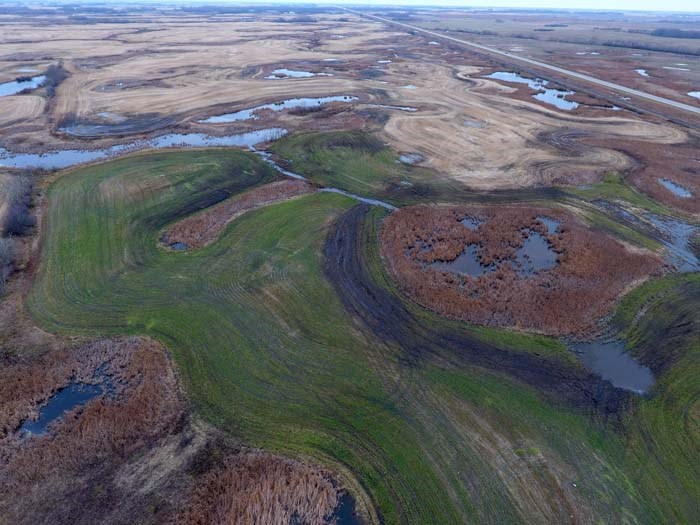A new program provides area farmers with a different option to garner annual value from marginal wetland areas.
Alternative Land Use Services (ALUS) is a community-developed, farmer-delivered program that provides support to farmers and ranchers to enhance and maintain nature’s benefits.
The ALUS vision has a simple, yet revolutionary goal … create a healthy landscape that sustains agriculture, wildlife and natural spaces for all Canadians.
Locally, through ALUS, the Assiniboine Watershed Stewardship Association (AWSA), has been involved with the ALUS Saskatchewan Assiniboine Project (ASAP), explained Jesse Neilsen manager of AWSA.
“The strength of the program sort of lies in the simplicity of it,” he told the AWSA annual general meeting held in Yorkton Friday.
ALUS Saskatchewan Assiniboine Project (ASAP) aims to provide agricultural producers an incentive to see tame forages around their pothole wetlands as an alternative to struggling to continue to crop those areas through the use of drainage and cultivation. In doing this, producers are contributing to the conservation of those wetland ecosystems and are providing a means of achieving long-term carbon sequestration and greenhouse gas reduction across the agricultural landscape.
“It’s an alternative to trying to crop that land,” said Neilsen.
Through ASAP producers can receive funding of $42.50 per acre to seed fringe acres to grassland.
An annual payment per acre for the seeded acres, and some adjacent protected wetlands, are then eligible for annual per acre payments.
Neilsen said in general the acres funded are small areas of fields that are generally best left natural rather than battling to crop it.
“We’re not looking to convert whole quarters of land,” he said, adding it is an alternative for smaller parcels within a field.
In 2016, the first year for ASAP, 281.43 acres of habitat were ASAP enhanced and conserved on 11 quarters of land in the watershed, involving seven different producers.
Neilsen said they hope to more than double those acres in 2017.
“We’re looking for about 350 acres this year,” he said.

